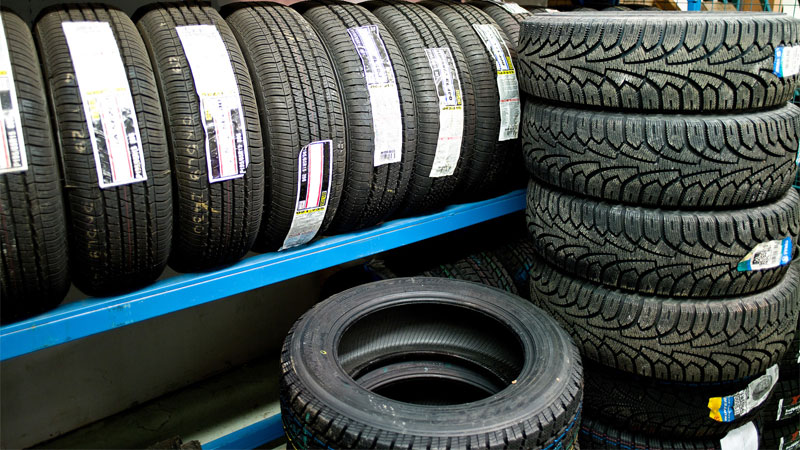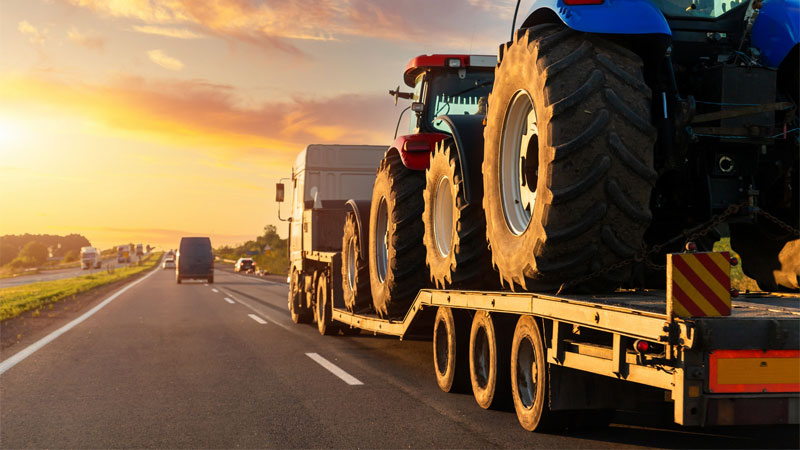Radial tires are a Michelin invention.
Tires are the most important component found on your car and are sometimes still overlooked. They are the only way the car touches the ground to create grip. Thus, tires were a significant concern for engineers, who managed to discover and revolutionize the tire industry by creating the radial tire.
But the question now is, what even is a radial tire?
What Is Inside a Radial Tire?
Firstly, to understand the whole concept, we need to delve deeper into the way tires are built, because they aren’t simply rubber sheets stamped together. Indeed, rubber is a significant component of the tire, but the casing isn’t manufactured out of rubber. In fact, it’s made of steel chords and a bunch of metal or nylon plies and belts.
All of these are packed underneath the contact patch, colloquially known as the tread or the crown, and some extend down to the tire’s bead. However, all these plies and belts are manufactured out of unique materials, and thus have different rigidity.
Moreover, all of these are positioned in very specific orders and orientations. That’s the case to direct the road’s reaction to the tire down different paths, which believe it or not influence the tire’s handling massively.
What Are Radial Tires?
The radial tire’s main trait is that all these plies and belts are arranged square to the road, and not in line nor diagonal to the road. Such designs also exist and were the norm in the ’40s, called diagonal tires, resulting in a crisscross pattern.
As for radial tires, they were introduced to the market by Michelin back in 1948 on the Citroën 2CV, and ever since then, they are the norm regarding tires, unlikely to change anytime soon.
They arrived in the United States a bit later, and people and manufacturers were quite reluctant to adopt them. The first car sold in the U.S. with radial tires mounted from the factory was the Lincoln Continental Mark III in 1970.
Diagonal tires and radial tires aren’t interchangeable due to added strain on all the suspension, thus the development of the Continental Mark III was an important milestone for the industry’s future.
Why Are Radial Tires Better?
Radial tires absorb and deflect the road’s reaction more directly and with less internal friction, while also allowing engineers to change the way tires are manufactured.
This permitted them to further improve and optimize the layout, something that wasn’t possible thanks to the intrinsic layout of diagonal tires. The old design forced engineers to span the plies all the way around the casing. As such, creativity was strongly limited.
Current radial tires have significantly softer sidewalls, allowing us to enjoy the comfortable road characteristics we have today. Only a few plies span the tire’s entire casing, while all the belts sit right below the tread.
This design also reduced internal friction massively, resulting in better fuel economy. This also helps them wear vastly slower, resulting in less money spent on tires and a cleaner environment. Diagonal tires suffered in that regard due to energy conversion and dissipation thanks to heat transfer.
Moreover, radial tires are much more maneuverable when compared to the old diagonal tires that were substantially biased towards the center.
However, radial tires have their own disadvantages as well. Seeing how the sidewalls are considerably softer, they are more prone to explode and be severely damaged when the conditions are rough, such as when the car is loaded too much or when you drive across a deep pothole.
To avoid such situations, buy a set of tires that matches your car’s factory load and speed rating or surpasses it.
Are Diagonal Tires Still in Use?
Diagonal tires, also known as cross-ply or bias-ply tires, are still in use today, and quite successfully at that. While in the automotive world the diagonal tire has too many disadvantages to be used, but it’s found on old antique cars. However, it is used vastly in aviation and heavy machinery or trailers.
The tough sidewalls present in cross-ply tires are very important whenever a plane lands or takes off, which generally happens with great forces that would simply blow up a radial tire. The same can be said about heavy machinery or trailers. A crane doesn’t care about the comfort, and neither does a trailer packed with bricks.
Final Thoughts
Radial tires are a wonderful addition to the car industry, allowing users worldwide to enjoy higher fuel economy and comfort. Even if they are old technology, improvements are made constantly, and innovations are still common.
As an example, true all-weather tires have emerged in the last few years that allow users who live in milder climates that still see a small bit of snow to use a single tire set safely and reliably.
Bibliography
See Also – How to Fix Cracked Tires: A Detailed Step-By-Step Guide



